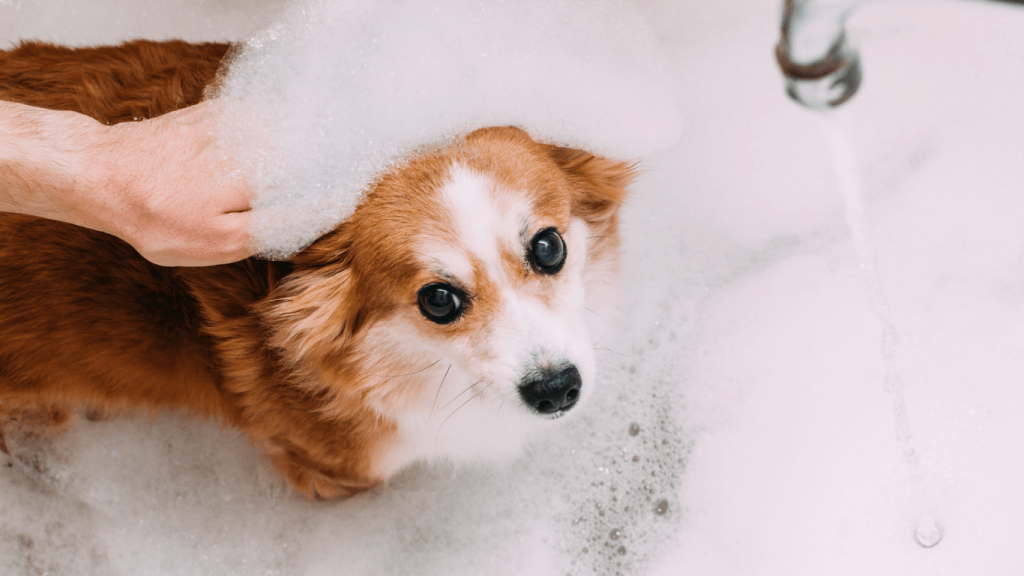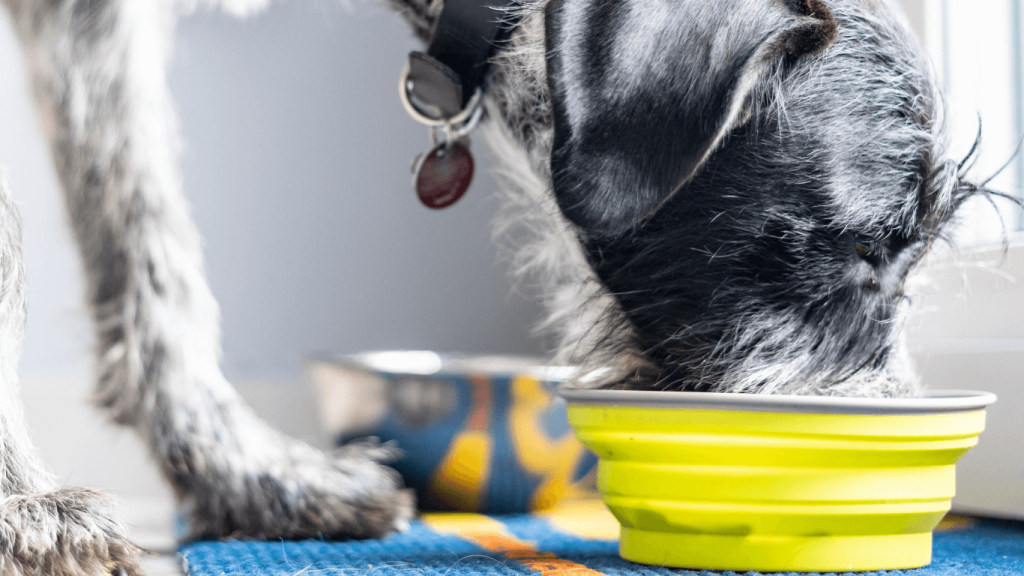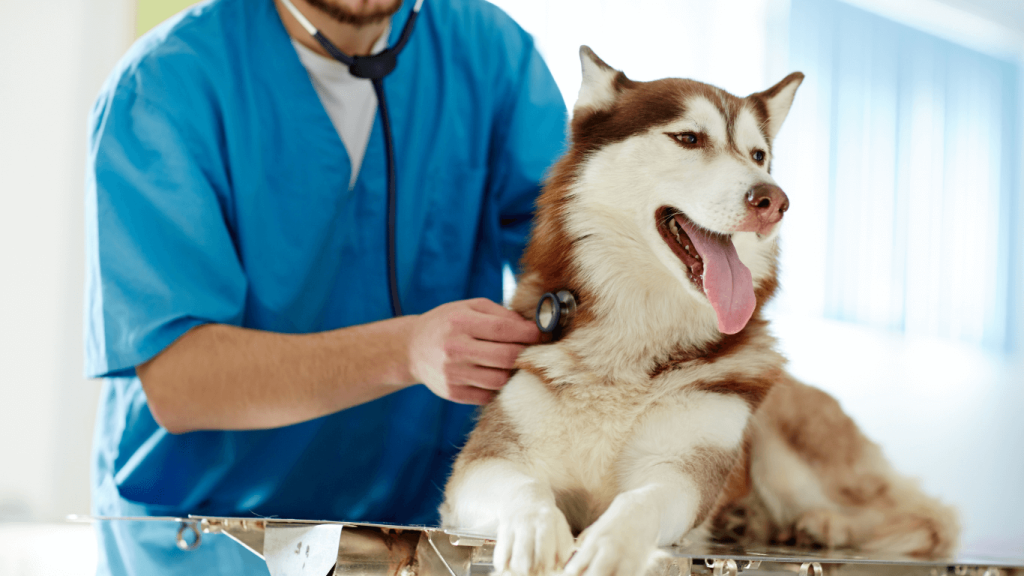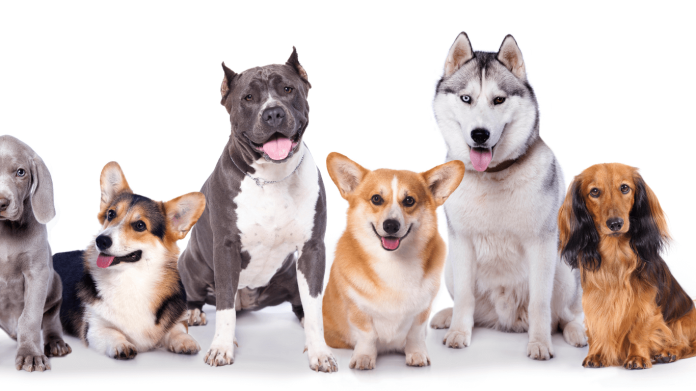Dogs are dubbed “man’s best friend” for a reason: they are devoted, entertaining, and engaging. However, dogs are complex creatures that thrive when cared for by an informed human. Here are helpful tips on caring for your dog
Steps to Take Care of Your Dog
Owning a dog is a lot of work. Feeding, bathing, grooming, and exercise are important aspects of dog care.
Bathing Your Dog
- Comb the coat of a long-haired dog before bathing. Then there will be no need to detangle wet hair.
- Ascertain that the water is approximately 100 degrees Fahrenheit. Warmer or cooler water will distress your pet and make it more challenging to handle.
- To begin, wash the head, ears, and neck. If you do not, any fleas on the animal will seek refuge in this area while the body is being cleaned.
- Thoroughly rinse the dog’s coat with plain water.
To avoid getting water in your dog’s ears during a bath, use cotton balls moistened with apple cider vinegar to plug its ears. By adding vinegar to the bath’s rinse water, you can minimize the soap residue after a dog’s shampoo.

Points to note:
- If your dog stinks and you’re pressed for time, rub baking soda or cornstarch into its coat and brush it off.
- If your dog is sprayed by a skunk, wash it with tomato juice, then shampoo and water.
Dog Feeding

Dry dog food is generally more nutritious than moist dog food. However, consult your veterinarian regarding dietary recommendations whenever you acquire a new pet.
Never provide your dog with pork chop, chicken, or fish bones. These can splinter into small, sharp fragments and become lodged in your pet’s throat. If you must give your dog a bone, make sure it is a marrow or knuckle bone that has been boiled to remove any fat or grease that could cause diarrhea. Remove the bone immediately when it begins to splinter.
Refrigerate moist pet food if it is not consumed within two hours.
If you’re going to make a diet change for your pet, do so gradually. A sudden change may cause the animal’s system to shock. Avoid giving milk to your dog. It is likely to cause diarrhea. On hot days, keep an eye on your dog’s water supply. Fill your pet’s water bowl halfway with cold tap water and change it frequently.
Grooming
Groom short-haired dogs with a grooming comb once or twice a week. Long-haired coats require bristle or wire brushes and rounded-toothed pet combs. Burrs will be easier to remove from your dog’s coat if they are crushed first with pliers. Vegetable oil is another effective burr remover. This method also works for tar and other messes that the dog may have gotten into—shampoo loosens the gunk and grease.

It is critical to wash your dog’s feet in the winter because they will most likely pick up salt and chemicals from the street. These substances may cause injury to the animal’s feet. If your dog’s footpads become dry or cracked, rub a small amount of petroleum jelly into them.
Points to note:
- Wipe away the rheum that accumulates at your dog’s eye corners with a dab of cotton dipped in a boric acid solution.
- Never leave your dog in a car in hot weather, even with the windows open.
- It is best to exercise your dog early in the morning and late at night during hot weather. The midday heat is potentially dangerous.
Health Concerns
Apart from routine care, dogs occasionally develop health problems that require your or a veterinarian’s attention. Here are some critical suggestions for your dog’s health:
- Worming medications can be dangerous if they are not used properly. Never use any medication on your dog that your veterinarian has not prescribed.
- If you must give a dog liquid medication, have it stand in the tub on a towel or bath mat. Any spilled medication will end up in the tub, not on your carpet. Extend the dog’s lower lip at the corner to create a pouch, and fill the bag with medication a little at a time using a dropper or syringe. Its throat should be rubbed to stimulate swallowing.
- To administer a pill to a dog, grasp its muzzle in one hand and gently press the dog’s lips over the upper teeth on one side with your thumb and fingers on the other. Firm pressure will force the dog’s mouth open, allowing you to place the pill as far back as possible in the mouth with your free hand. Maintain a closed mouth and rub the dog’s throat to stimulate swallowing.

If your dog is resistant to taking a pill, conceal it in a piece of cream cheese, which most dogs will eat without complaint.
You should not be concerned about a young puppy’s “garlic breath.” This is normal and indicates the presence of “beneficial” bacteria in the animal’s mouth. In a few months, the odor will dissipate.
Keep puppies away from other dogs’ droppings. Parvovirus is a virus that can be fatal to dogs that contract it. (Dogs under the age of six months are particularly susceptible.) The majority of puppies acquire it after coming into contact with infected feces. Consult your veterinarian about parvovirus vaccinations for your dog.
Takeaways
Dogs require consistent work and care. However, the rewards make an effort worthwhile. Dogs are devoted companions who will shower you with love and affection and follow you to the ends of the earth if you look after them.





